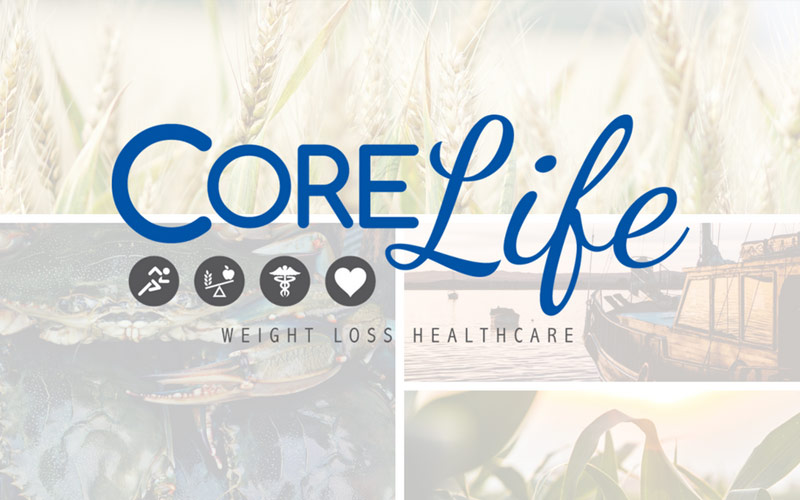Intuitive – instinctual, built-in, innate. Whichever definition you think of, it still suggests that whatever it is, it should be “easy”, “natural”, so why isn’t it? Maybe we should back up and say just what intuitive eating is. Intuitive eating is the philosophy of listening to your body’s cues about what to eat. Sounds simple, right? But when our “cues” seem to say “eat the cake!” or “go for seconds!”, and you’ve found yourself gaining weight, feeling guilty or ashamed of your eating, or facing health problems related to your diet, it’s hard not to question whether you can trust your body and its so-called “cues”.
Unfortunately, in this day and age of fast-food, sugar-laden goodies, sedentary lifestyles, and all manner of processed foods, our body has a hard time communicating what it needs and wants when it comes to nutrition. Re-establishing this healthy connection with our bodies is one of the best ways to create a lasting, enjoyable relationship with food that will nourish our bodies and our souls.
We are born with an innate sense of hunger and satiety. Babies and toddlers, they eat when they’re hungry and stop when they’re not. If you’ve had a toddler before, you know how varied their appetites can be; starving the one day, snacking non-stop, then refusing all meals and surviving on a handful of Cheerios and a banana the next. Toddlers, they listen to their natural cues. They eat what they want, when they want, and those wants and amounts fluctuate daily. As we get older, however, our natural ability to regulate gets distorted. It’s hard to say “no” to another piece of that sugar-laden cake. And even if we’re full, how do we turn down some ice cream?! Our enjoyment of food, its flavor and deliciousness, begins to drown out our natural rhythm. Soon, we find ourselves struggling to distinguish between actual hunger and the desire to the feel enjoyment that that doughnut seems to bring.
So, keeping in line with my post from last week about focusing on doing what’s best for YOU, not just losing weight, or dieting, etc, I encourage you to try to reconnect with your once innate ability to determine what your body needs. Tune out the sugary lure of corn syrup-laden confections, and focus on what your body truly is asking for. Something crunchy? Something sweet? Something rich? Or maybe nothing edible at all. Perhaps your body is craving a hug. A walk. A talk with a good friend. A cup of tea and a warm bubble bath. As we get further and further away from our natural hunger cues, we start to confuse the pleasure a yummy meal can bring with actual happiness when we’re feeling down. We eat to re-create some pleasant sensation, but in doing so, aren’t actually responding to our body’s true need, which was emotional, not physical.
How do you begin this journey? Well, start by slowing down. When you have a craving, ask yourself if you’re really HUNGRY. Or are you sad? Tired? Bored? Lonely? If you’re actually hungry, what are you hungry for? Something filling? Something sweet? Something fresh? Something cooked? Something warm? Keep tuning in to yourself and try to choose something that truly resonates with your needs. Then, even when you’ve chosen something, eat it with intention. Pay attention to each bite. Does it fulfill your desire? Does it meet your needs? How does it taste? How does it feel in your mouth? How does it smell? And when you’ve reached the point of satiety (not being FULL, just no longer hungry), stop eating. Relish what you just fed your body and move on to meet some other need.
Aubrey Phelps MS RDN LDN
